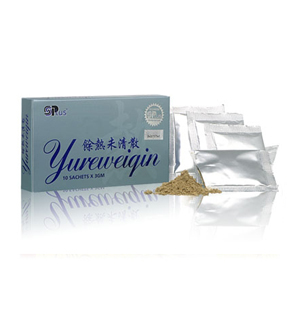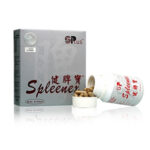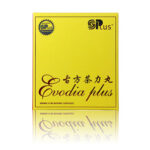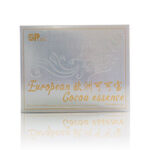Description


1.心火: 主要表现在舌,舌边尖发红,心烦意乱,目赤,失眠多梦,身熱面紅,小便黄甚至有热辣刺痛感,口渴,舌烂, 唇裂,盗汗,心悸,头昏脑胀,注意力无法集中
等。
2.肝火: 肝开窍于目,肝火主要表现在眼睛,眼屎分泌多,眼蒙,眼痒,结膜炎,面紅目赤, 脾气暴躁易怒冲动, 胸悶 筋紧及 肩膀僵硬, 頭晕,有时胸肋刺痛感,口苦口乾,便秘,小變短黃哭,耳鳴如雷,嘴唇红,胃酸过多,青春痘,睡眠不稳
定或失眠等。
3.脾湿热: 主要表现在口舌,舌苔黄腻,咽喉干燥, 干咳无痰, 或有少许粘痰, 口苦口干,口唇生疮,口臭口腔,牙痛, 牙龈红肿,脘腹胀满, 大便干燥粘腻 ,咽 喉炎,脓疱疮,头重如裹,尿少而黄等等。
注意:一天三次, 成人每三小时一包, 小孩三分之一, 早點睡, 不要熬夜, 要多喝开水,发烧所需的水分比平时多, 因体内新陈代谢率增高,出汗多,水分消耗大,更要补充足够的水分。

Jantung, hati, limpa & hempedu panas disebabkan pengambilan makanan seperti goreng-gorengan, minyak sisa, makanan pedas, kurang minum air, minuman keras, tidur lewat, tertekan menyebabkan tenaga melemah, keimunan dan antibodi menurun sehingga senang terjangkit penyakit

Jantung, Hati, Limpa & Hempedu Panas menyebabkan tenaga melemah keimunan dan ANTIBODI menurun
1. Jantung berasa panas (nampak di lidah) : Lidah merah pecah-pecah, bibir kering, sakit mata merah, telinga berdengung, stress, tidur tak lena, tidur bermimpi, muka merah badan panas, dahaga, hidung berdarah, sembelit, kencing sedikit kuning panas.
2. Hati berasa panas (nampak di mata) : Tahi mata berlebih, mata gatal kerabu, mata merah, muka merah, geram, urat keras, senang terkilir, leher tegang, sesak dada, sakit kepala, sakit kerongkong, mulut pahit, telinga berdengung, sembelit, kencing sedikit kuning, berjerawat, tidur tak lena, senak perut, asid perut lebih.
3. Limpa berasa panas (nampak di mulut & lidah) : Mulut berasa pahit, lidah kuning tebal, ulcer mulut, bibir kering pecah, nafas berbau, bengkak geraham, sakit gigi, demam, perut senak panas, berasa ingin muntah, batuk kering, kahak kuning, dahaga, kencing sedikit kuning, sembelit / lengket, buasir ,bisul.
Pengambilan YUREWEIQIN 1 hari 3 kali, 3 jam sekali dawasa 1 bungkus & budak 1/3 bungkus. Tidur awal, minum air lebih kerana badan demam panas memerlukan air lebih

The body temperature of a child who catches cold that reaches 37.5oC ~ 38oC is considered as the lowest observed temperature. If the body temperature hits from 38oC to 39oC, it is graded as medium observed temperature, whereas for those ranging from 39oC to 41oC, it is rated as the highest observed temperature. Body temperature which exceeds 41oC, is classified as ultra high observed temperature.
Fever will cause the body to dissipate heat, as a reaction to invasion of bacterium and viruses. The general characteristic of this fever is that the body temperature will be higher in the morning before noon, and it will gradually descend to a lower level of observed temperature in the afternoon and evening. This is often accompanied by frequent perspiration, and it affects the growth of a child.
Normally medicine given can only hold the fever for a few hours before the body temperature is once again increased. Fever is normally caused by the infection of other organs, such as the infection of the respiratory system and digestive system etc. Therefore, extra precaution should be taken for children whose fever cannot be subsided for a long interval. The root to the illness might be related to the Inner body heat which has not been dissipated fully. It’s advisable to increase the intake of warm water as fever often drive a higher metabolic rate and cause the perspiration rate to be higher than usual. Therefore, sufficient water should be given as a supplement to a fever infected child.




